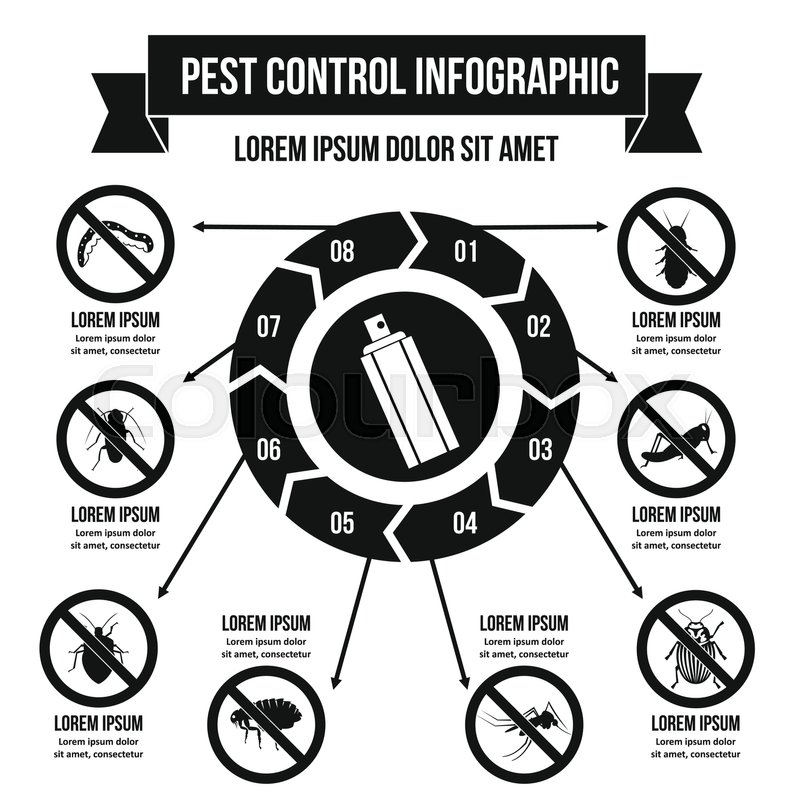Comprehending Rodent Habits: Expert Insights For Effective Bug Control
Comprehending Rodent Habits: Expert Insights For Effective Bug Control
Blog Article
Web Content Create By-Berg Jakobsen
Visualize being able to expect the steps of your challengers in a video game of chess, always staying one step ahead.
In the world of insect control, understanding rodent habits resembles having that tactical advantage. By acquiring professional insights right into the nesting behaviors, feeding patterns, and communication and social actions of rats, you can successfully combat these pesky animals.
But how exactly do rodents behave, and why is it essential to recognize? In this discussion, we will unravel the mysteries of rodent actions, offering you with valuable expertise that will certainly assist you remain in advance in the fight against parasites.
Are you all set to uncover the tricks of these shrewd animals?
Nesting Behaviors
To understand rodent habits and efficiently control bugs, it is very important to get insight right into their nesting routines.
Rats, such as computer mice and rats, have an all-natural reaction to find shelter and produce nests where they really feel safe and safe. These nests function as their homes, reproducing grounds, and storage areas for food. Recognizing their nesting behaviors can aid you determine prospective areas of infestation and apply targeted control steps.
Rats usually favor nesting in dark, secluded rooms, such as attics, basements, crawl spaces, and wall spaces. They make use of products like shredded paper, fabric, insulation, and also chewed-up electrical cables to develop their nests.
Feeding Patterns
Rats show distinct feeding patterns that play an important role in their habits and can educate effective parasite control approaches. Recognizing these patterns is crucial for implementing successful parasite control measures.
Rats are opportunistic feeders, implying they'll take in whatever food is conveniently available. They prefer high-calorie foods such as grains, nuts, and seeds. tick control is why appropriate storage space of food and waste monitoring are important in avoiding rodent invasions.
Additionally, rats are nocturnal, which suggests they're most active throughout the night when they search for food. By recognizing their feeding patterns, you can purposefully place catches and lures to optimize their performance.
Keeping food sources hard to reach and preserving a tidy setting can aid prevent rats and decrease the danger of problem.
Interaction and Social Habits
Recognizing just how rodents connect and connect socially is critical for efficient insect control methods. Rats, like computer mice and rats, have complex interaction systems that they make use of to communicate information per various other and coordinate their activities. best thing to kill spiders in house are three key aspects of rodent communication and social actions:
1. Articulations: Rodents produce a wide variety of vocal sounds, consisting of squeaks, tweets, and babbling, to communicate with each other. These vocalizations can share various messages, such as threat cautions or mating calls.
2. Scent marking: Rats utilize scent glands to leave chemical signals on objects and in their environment. These scent marks serve as territorial boundaries and interact info concerning reproductive standing, prominence, and social affiliation.
3. Social hierarchy: Rodents have a hierarchical social structure, with dominant individuals having access to resources and chosen nesting websites. Understanding this power structure is necessary for targeting insect control efforts and recognizing vital individuals for elimination.
Final thought
So, there you have it - a quick glimpse into the remarkable globe of rodent behavior. By understanding their nesting habits, feeding patterns, and communication, we can much better deal with the issue of bug control.
Did you recognize that a female computer mouse can produce as much as 10 litters annually, with each litter including around 5-6 pups? This astonishing figure highlights the importance of timely and reliable bug monitoring to prevent rodent populations from spiraling unmanageable.
